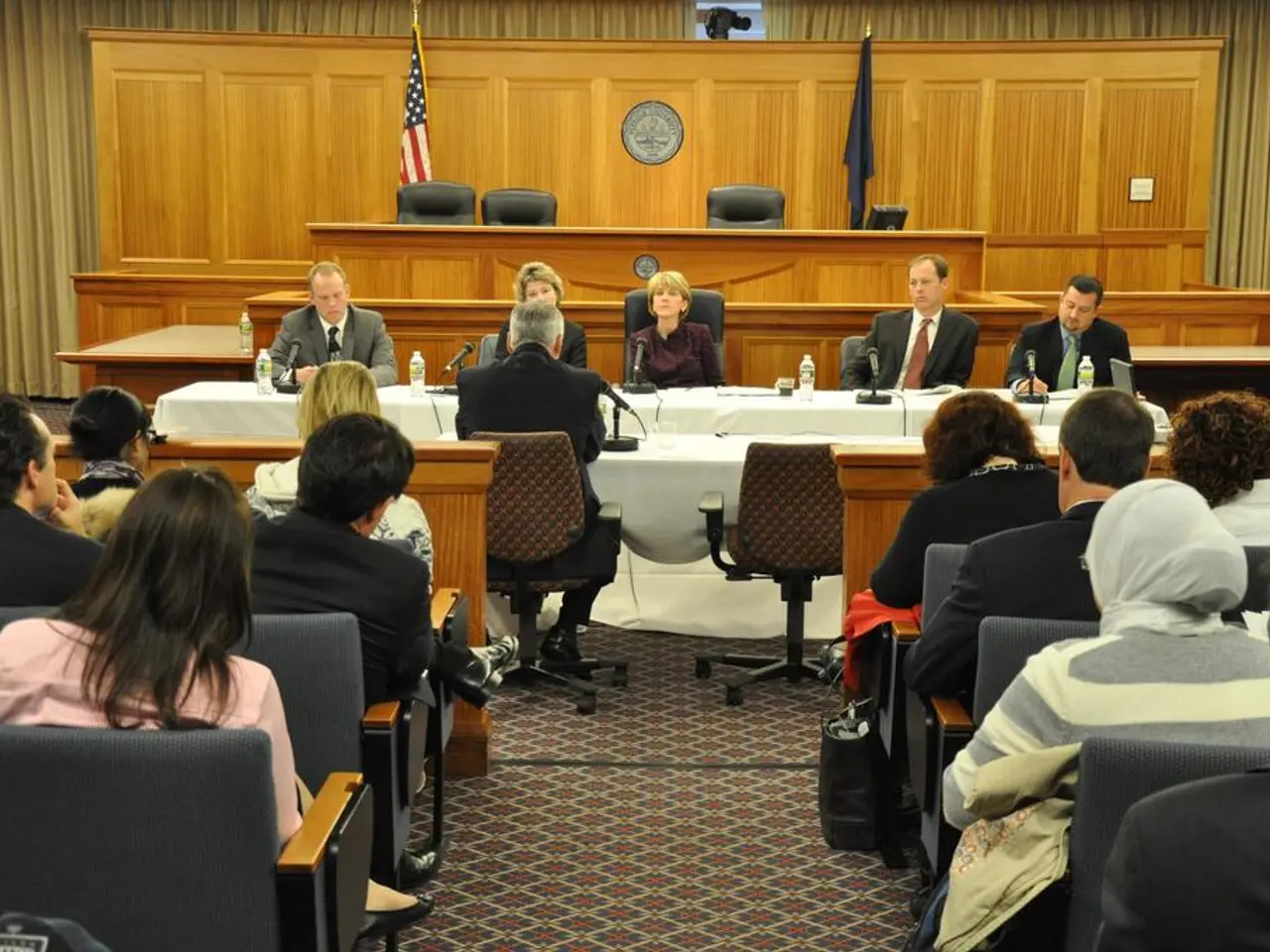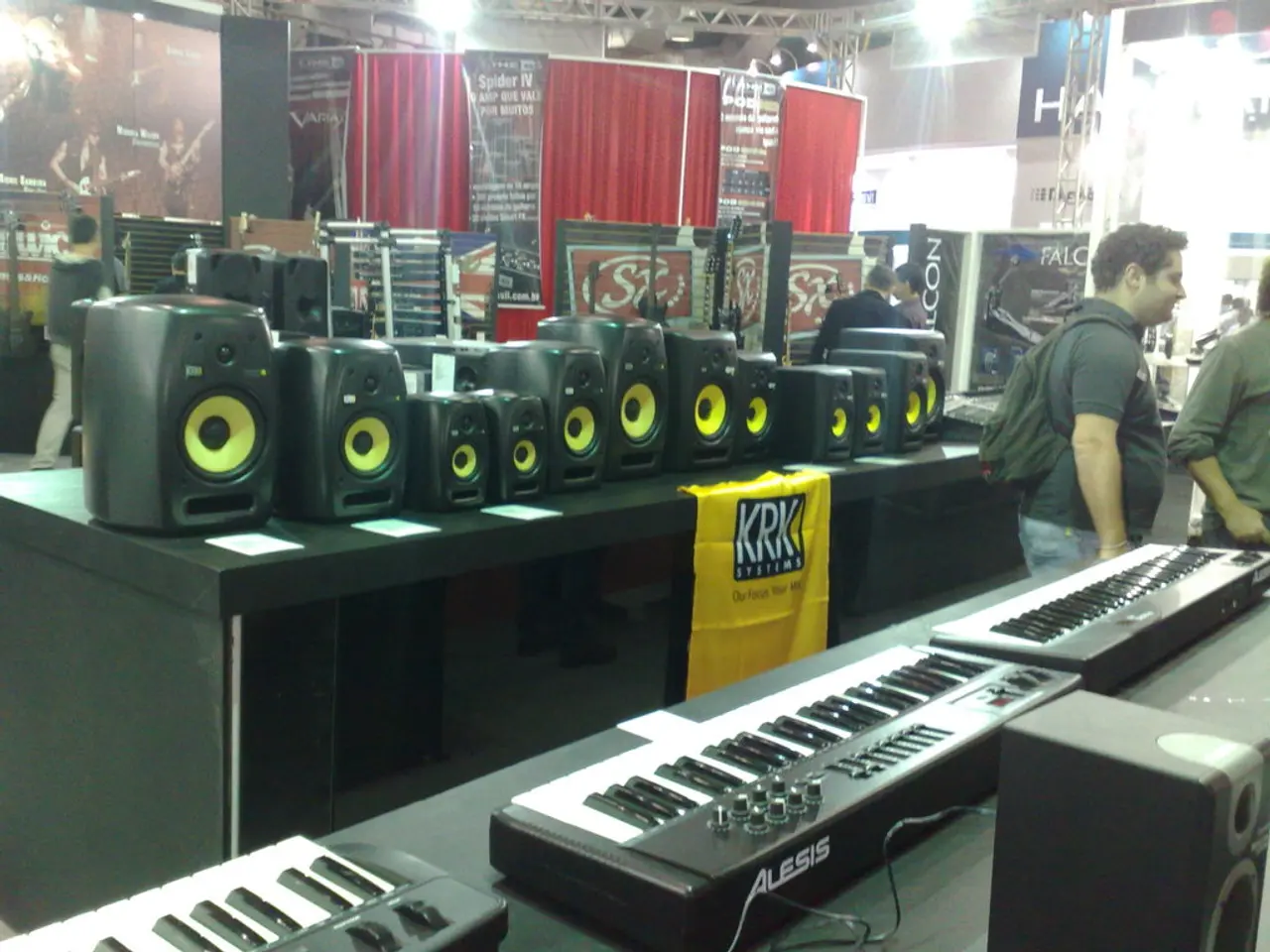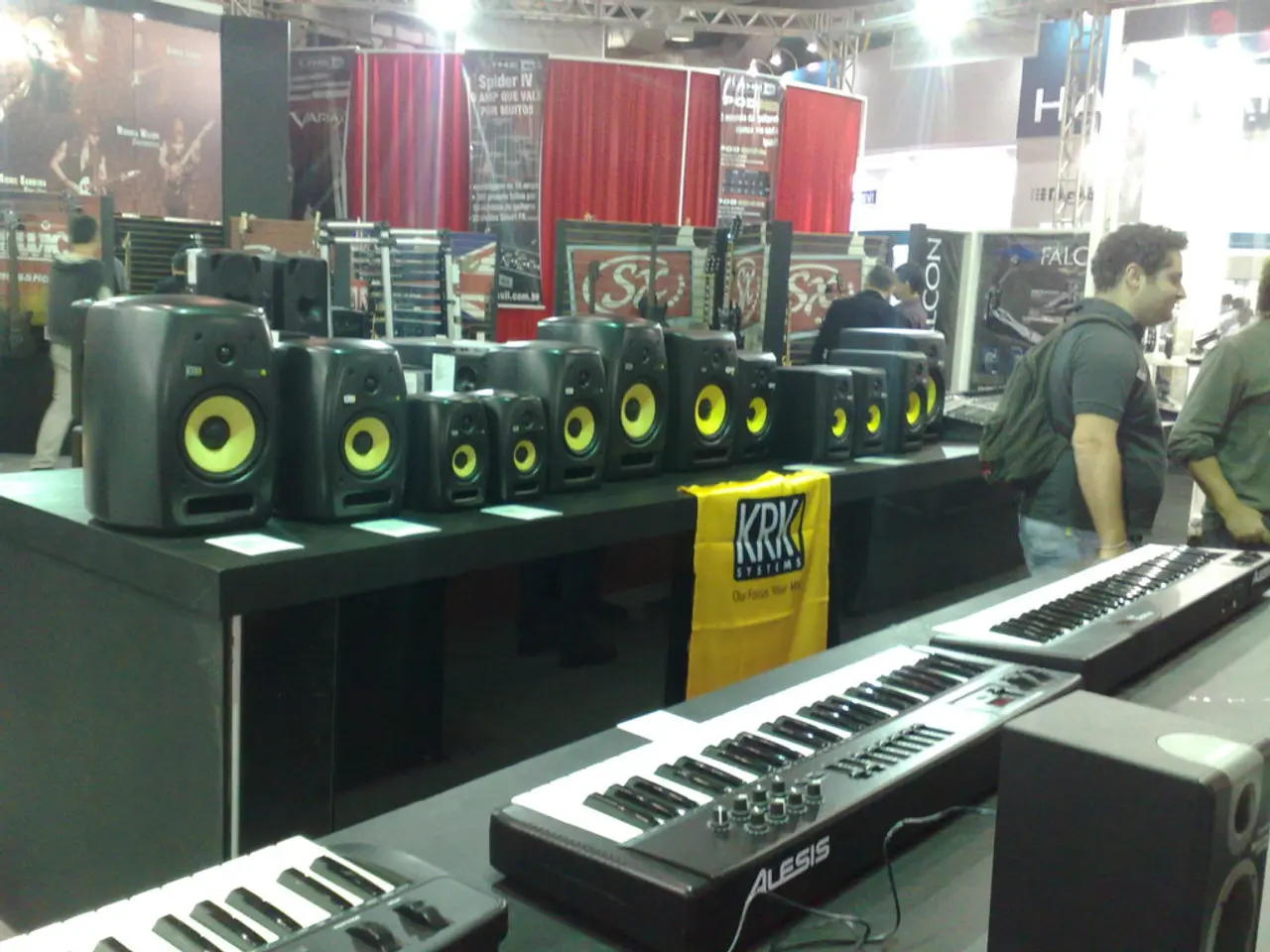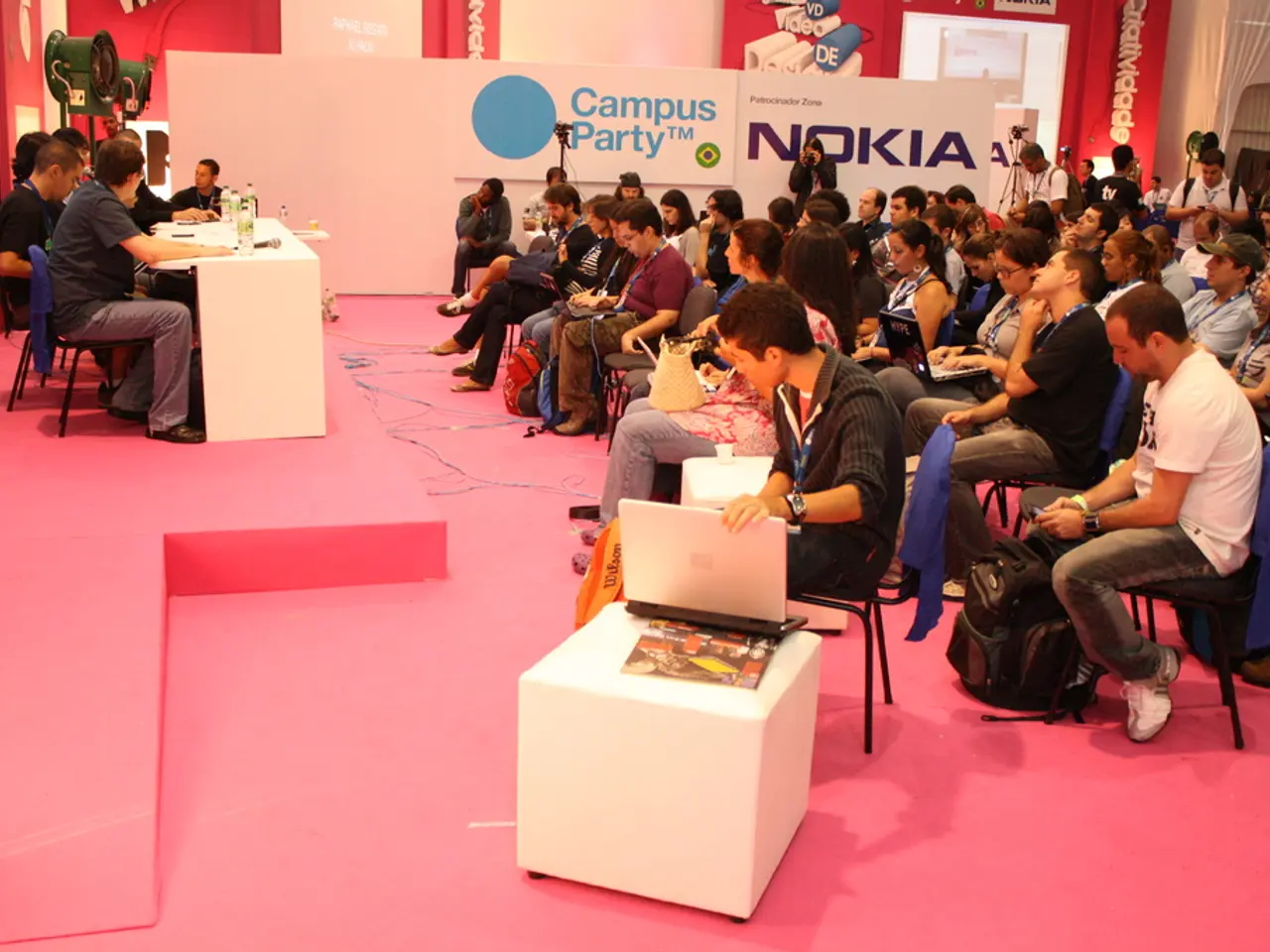Increased Tariffs on US Goods Lead to Increased Exports at Chittagong Port, Bangladesh
In a last-minute push, Bangladesh is exporting an additional 800 containers of garments daily, as exporters race to beat the deadline for a new 20% reciprocal tariff on Bangladeshi garment exports to the United States, effective from August 1, 2025.
This strategic move has led to a significant increase in Bangladesh’s export volume and value to the US. In the first half of 2025, Bangladeshi apparel exports to the US surged by 25.13% in value to reach approximately $4.25 billion, and the volume shipped grew by 23.81% to 1.37 billion square meters compared to the same period in 2024.
The surge was partly driven by exporters accelerating shipments to meet deadlines before the tariff hike, which was initially announced at 35% but was later reduced to 20%, easing the tariff burden significantly. The 20% reciprocal tariff is applied only to the portion of the garment’s value that is not made from US-origin content, providing Bangladesh a relative advantage over competitors like Vietnam and China, where tariffs remain higher or less negotiable.
The Chattogram Port Authority is providing additional support to exporters, as a sharp surge in shipments from the port has been noted due to exporters rushing to beat the deadline. About 60% of the exported garment volume moves through Chattogram Port. As of the information, 81,000 of the July-exported containers have already been shipped, with monthly container exports in July jumping to 99,000, compared to the usual range of 60,000 to 65,000.
Industry experts stress the importance of supportive policies to sustain momentum, expand Man-Made Fiber (MMF) production, and invest in innovation to maintain this competitive edge. However, it is worth noting that the overall US apparel import market is contracting, from $105 billion a few years ago down to an estimated $75 billion in 2025, indicating that while Bangladesh is gaining market share, the total market demand is declining.
Mohammad Hatem, president of the Bangladesh Knitwear Manufacturers and Exporters Association, stated, "We have been working tirelessly to ensure our products reach the US market ahead of the tariff hike. The support from the Chattogram Port Authority has been instrumental in this effort."
Ruhul Amin Sikder, secretary general of the Container Depot Association, added, "The surge in shipments has put pressure on our infrastructure, but we are doing our best to accommodate the needs of our exporters."
The tariff took effect at 10am on Wednesday, and by 8am on the same day, 15,400 twenty-foot export containers were recorded across 19 port depots. The exemption of countervailing duties on US-origin raw materials also gives Bangladesh a partial advantage in trade with the US.
Despite the average US tariffs being over 15%, total duties on Bangladeshi goods remain above 35%. However, the strategic early shipments and leveraging of US-origin content benefits have allowed Bangladesh to maintain its competitive edge in the face of tariff changes.
[1] Bangladesh Garment Manufacturers and Exporters Association (BGMEA). (2025). Half-yearly export performance review. Retrieved from https://www.bgmea.com.bd/export-performance/
[2] United States International Trade Commission. (2025). Report on the impact of the 20% reciprocal tariff on Bangladeshi garment exports to the US. Retrieved from https://www.usitc.gov/publications/332/publications_id.htm
[3] Bangladesh Bank. (2025). Export earnings and trade statistics. Retrieved from https://www.bb.org.bd/statistics/export-earnings-and-trade-statistics/
[4] Chattogram Port Authority. (2025). Press release on increased container exports. Retrieved from https://www.chattogramport.gov.bd/press-release/
Sports enthusiasts might be excited to learn that the increased container exports from Bangladesh, driven by the rush to beat the 20% reciprocal tariff on garment exports to the US, have allowed Bangladesh to divert resources from the garment industry towards potential growth in other sectors, such as sports equipment manufacturing. This shift could potentially create new job opportunities and contribute to the diversification of Bangladesh's economy.
The reduction in the initially announced tariff of 35% to 20% on Bangladeshi garments has provided a competitive edge over countries like Vietnam and China, where tariffs remain higher or less negotiable. This relative advantage could be leveraged to invest in the research and development of sports equipment technology, further enhancing Bangladesh's global competitiveness.







